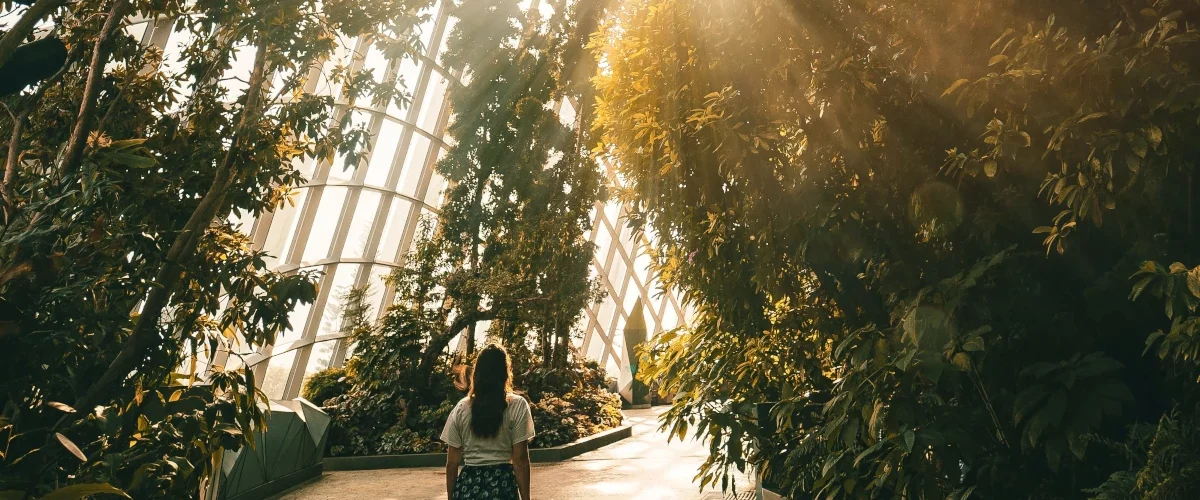Botanical art has long been a captivating medium for artists and art enthusiasts alike. Combining the innate beauty of plants with the creativity and skill of an artist, this genre offers an unparalleled celebration of nature’s palette. In this article, we’ll explore the rich history of botanical art, its benefits, and some of the most stunning examples in the field.
The Roots of Botanical Art
Since ancient times, people have been fascinated by the intricate details of plants and flowers. Early examples of botanics can be traced back to ancient Egypt, where artists depicted plants on tombs and temple walls. As time progressed, botanical illustrations became an essential tool for scientific study, with famous naturalists like Carl Linnaeus relying on these accurate drawings to classify plants.
In the 17th and 18th centuries, botanical art gained popularity as a form of creative expression. Artists like Pierre-Joseph Redouté and Maria Sibylla Merian deserve a renown for their stunningly lifelike illustrations. Today, botanics remains a beloved genre, with contemporary artists pushing the boundaries of traditional techniques.
The Benefits of Botanical Art
One of the primary benefits of botanical art is its ability to bring nature indoors. For those with limited access to green spaces, surrounding oneself with plant-inspired art can improve mood and reduce stress. Additionally, botanics serves as a unique educational tool, helping viewers appreciate the beauty and complexity of the natural world.
Furthermore, botanical art appeals to a wide range of audiences. From seasoned art collectors to casual enthusiasts, the detailed and delicate nature of these works can captivate anyone. In turn, botanics can foster a deeper connection with nature, inspiring viewers to care for and protect the environment.
Masterful Examples of Botanical Art
To truly appreciate the intricate beauty of botanical art, one must examine some of the most remarkable examples in the field. Here, we’ll highlight a few standout artists and their stunning creations:
- Maria Sibylla Merian: A pioneer in the world of botanical art, Merian’s work in the 17th century set the stage for future artists. Her groundbreaking illustrations showcased the relationships between plants and insects, bringing the natural world to life in vivid detail.
- Pierre-Joseph Redouté: Known as the “Raphael of Flowers,” Redouté’s watercolor illustrations were highly sought after in the 18th and 19th centuries. His ability to capture the delicate nuances of plants made his work a valuable resource for both scientists and art enthusiasts.
- Margaret Mee: A 20th-century British artist, Mee was renowned for her striking depictions of Brazilian flora. Her vibrant paintings not only showcased her artistic prowess but also highlighted the importance of preserving the environment.
Contemporary Botanical Art
The beauty of botanics continues to captivate contemporary artists, who often experiment with new techniques and styles. For instance, Rachel Pedder-Smith, a UK-based artist, creates large-scale watercolor illustrations that capture the complexity of plant specimens. Meanwhile, Anne Middleton’s striking oil paintings bring the intricate details of flowers to life with vivid colors and dramatic lighting.
In conclusion, the world of botanical art offers a unique blend of artistic expression and scientific study. With its rich history and enduring appeal, this genre continues to inspire both artists and viewers alike. From ancient illustrations to modern masterpieces, the intricate beauty of botanical art serves as a testament to the power and importance of nature’s palette.
The Revival of Botanics in the Digital Age
In today’s digital world, botanical art is experiencing a resurgence of interest. Through social media platforms like Instagram and Pinterest, artists can showcase their work to a global audience, connecting with fellow creatives and art enthusiasts alike. Additionally, online tutorials and workshops have made it easier than ever for aspiring artists to learn and hone their skills in botanical illustration.
Digital tools also offer new possibilities for botanical artists. Digital painting programs like Adobe Photoshop and Procreate enable artists to create highly detailed, realistic illustrations with ease, while graphic design software allows for the creation of intricate patterns and designs inspired by nature’s beauty.
The Timeless Appeal of Botanics
Ultimately, the timeless appeal of botanics lies in its ability to connect us with the natural world. Whether through delicate watercolor illustrations, vibrant oil paintings, or innovative digital creations, these works of art capture the essence of the flora that surrounds us. As our lives become increasingly urbanized and technology-driven, botanical art serves as a reminder of the beauty and complexity found in nature.
By exploring the rich history, benefits, and contemporary examples of botanical art, we can gain a deeper appreciation for this intricate and captivating genre. Moreover, from the masterful works of pioneering artists to the innovative creations of today’s digital age, botanical art remains a testament to the power of nature’s palette and our enduring fascination with the world of plants.
So, as you immerse yourself in the mesmerizing world of botanical art, take a moment to appreciate the intricate beauty that nature offers us, and perhaps even find inspiration to explore your own creative talents in capturing the essence of the natural world.
Visit Luxpeer.com for more articles about art.
